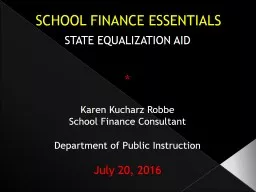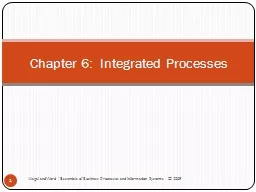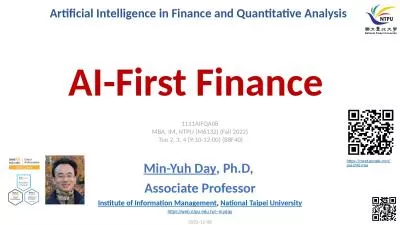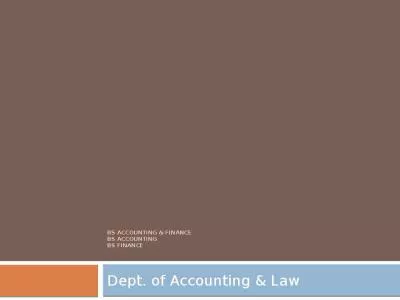PPT-SCHOOL FINANCE ESSENTIALS
Author : natalia-silvester | Published Date : 2018-09-21
STATE EQUALIZATION AID Karen Kucharz Robbe School Finance Consultant Department of Public Instruction July 20 2016 Constitutional Underpinnings Formula Inputs
Presentation Embed Code
Download Presentation
Download Presentation The PPT/PDF document "SCHOOL FINANCE ESSENTIALS" is the property of its rightful owner. Permission is granted to download and print the materials on this website for personal, non-commercial use only, and to display it on your personal computer provided you do not modify the materials and that you retain all copyright notices contained in the materials. By downloading content from our website, you accept the terms of this agreement.
SCHOOL FINANCE ESSENTIALS: Transcript
Download Rules Of Document
"SCHOOL FINANCE ESSENTIALS"The content belongs to its owner. You may download and print it for personal use, without modification, and keep all copyright notices. By downloading, you agree to these terms.
Related Documents














